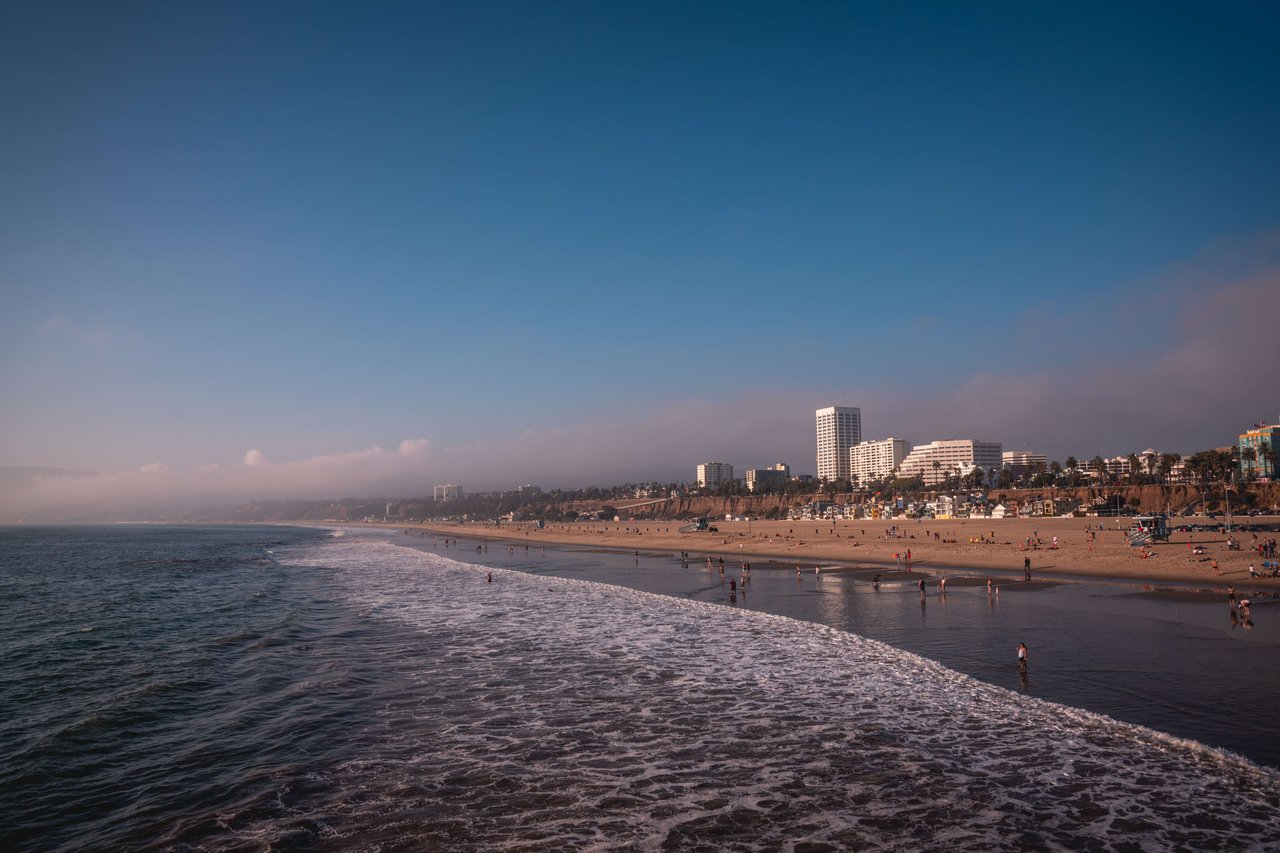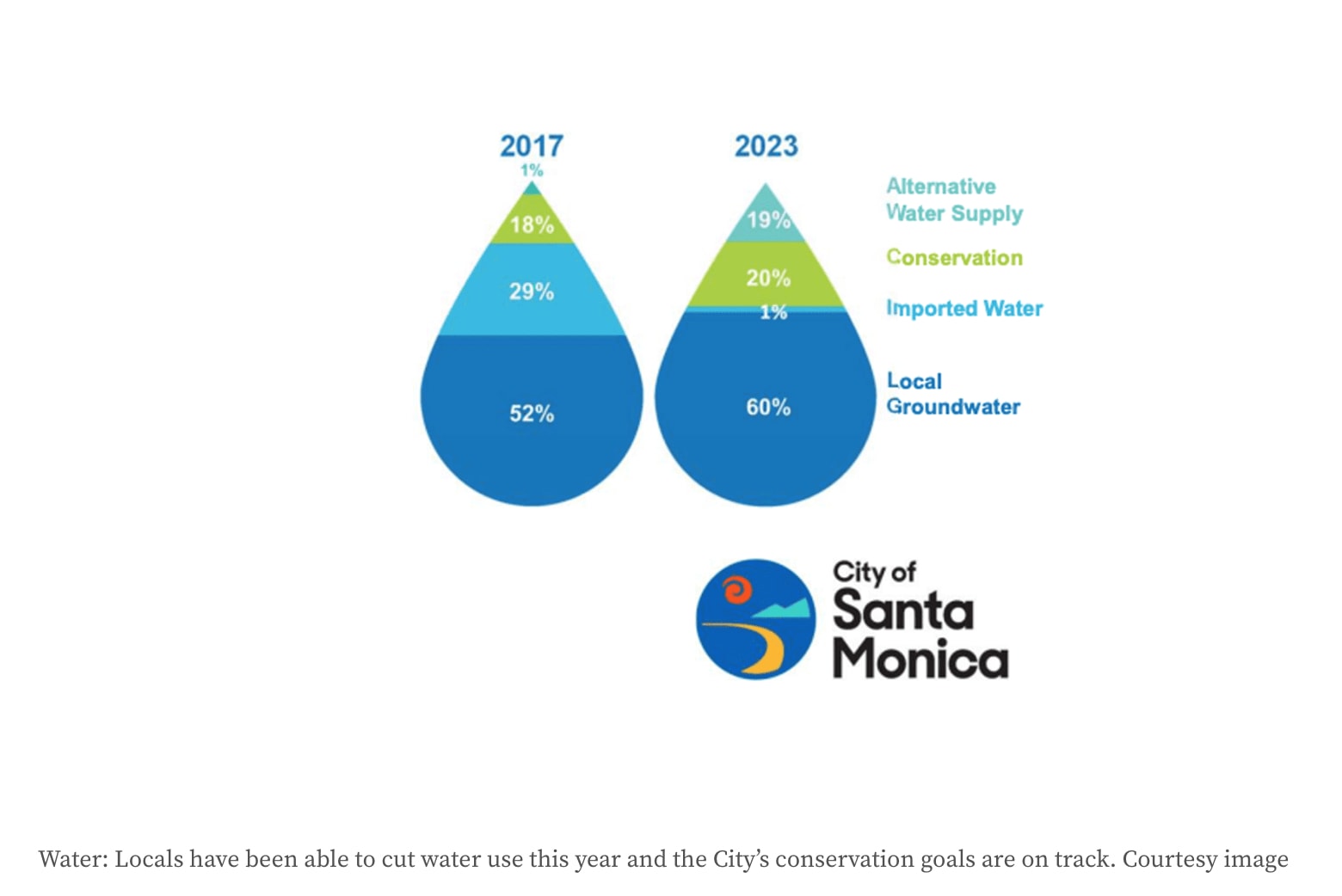Even as the recent 15-day watering ban in LA county ended earlier than scheduled last week, water – specifically lack of water – remains a top concern for many city officials. However, Santa Monica Water Resource Manager Sunny Wang reported to the planning commission last week that unlike some nearby municipalities, Santa Monica’s is on track to maintain the stability of the city’s water supply and eventually make the city self-sufficient in terms of water.
“If you compare July of this year 2022 to July of 2021 we saw about an eight to nine percent reduction in total water consumption,” he said. “Overall our city has been doing great in terms of residential average – we’re using less than 80 gallons per person per day which is really great compared to some of our neighboring cities and what they’re doing.”
He added that the instability and unpredictability of imported water from sources like the Colorado River makes it worthwhile to focus on developing local water sources. He said the city plans to reduce the amount of imported water used in Santa Monica to just 1% by 2023 and Wang said conservation is a vital part of achieving that goal, especially in the face of climate change.
“Climate change continues to challenge the reliability and resiliency of our water supply, leading to higher average temperatures, more intense heat waves and wildfires,” Wang said.
Following droughts in 2014, Santa Monica ramped up conservation efforts which he said have stayed in place ever since and allowed the city to remain at lower water-use levels.
“We’ve actually maintained those levels,” he said. “A lot of cities backed off on that but we kept our foot on the gas and maintained that and our residents are doing a great job of conserving and meeting that response.”
Planning Commissioner Leslie Lambert raised the issue that factors like population growth could affect the stability of the water supply and said it has been something that has come up in planning for new housing developments.
“Water has been an issue for us during the whole production of the Housing Element and how all these units are going to affect our water supply,” she said.
Every city in California is mandated to produce an acceptable Housing Element once every ten years that outlines development guidelines to allow for more residential housing units to be built in order to hit state-mandated minimums as well as other state standards (such as low-income housing availability). The 2020 Regional Housing Needs Assessment mandated that Santa Monica be able to add approximately 9,000 housing units by 2030.
Wang said that conservation policy will be a big part of achieving this and that recent trends have shown a decreased correlation between population growth and water use.
“We’ve sort of decoupled the rate of population growth and water demand,” he said. “Before, they kind of moved together in a similar flow but because of conservation efforts, they’ve decoupled. That doesn’t mean water demand isn’t increasing, it’s just increasing at a lower rate now, or a flatter slope, if you compare the two.”
He said it is critical people continue to be aware of water use and recognize the impacts of their personal actions.
“It’s how long do we take showers and do we capture water when you start a shower and the water’s coming out cold,” he said. “Maybe you need to capture that water and re-use that instead of just letting it go. It’s going to be behavioral changes that are going to be important for us to conserve more water.”
Written by Grace Adams,

